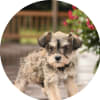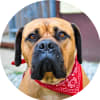Kuvasz Puppies

A devoted, smart, and loving breed
The Kuvasz is a beautiful snow-white breed that was developed to herd sheep and cattle in Hungary. They are intelligent, affectionate, and extremely loyal to their owners.
Kuvasz At a Glance
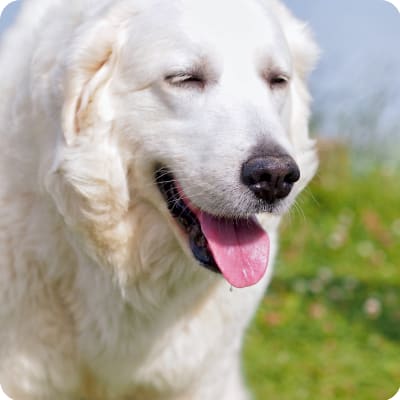
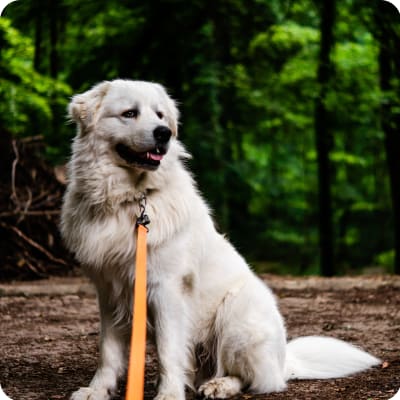
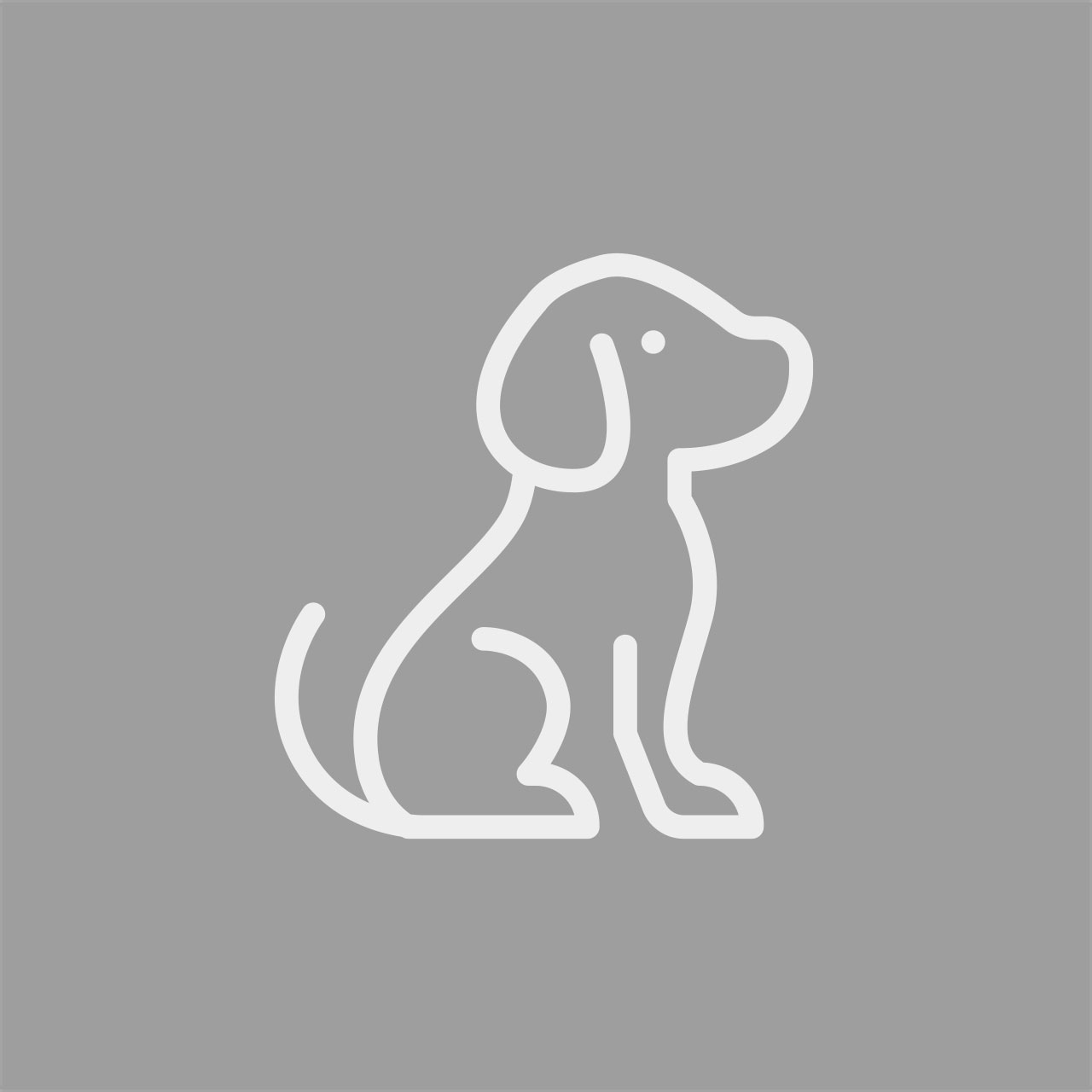

Kuvasz At a Glance
- Size: 26"-30", 70-115 lbs.
- Lifespan: 10-12 years
- Energy Level: medium
- Coat: Semi-coarse double coat, ranging from wavy to straight
- Shedding: heavy
- Hypoallergenic: No
- Dog Group: Working
- Common Nicknames:
Kuvasz Breed Guide
Learn More About the Kuvasz
